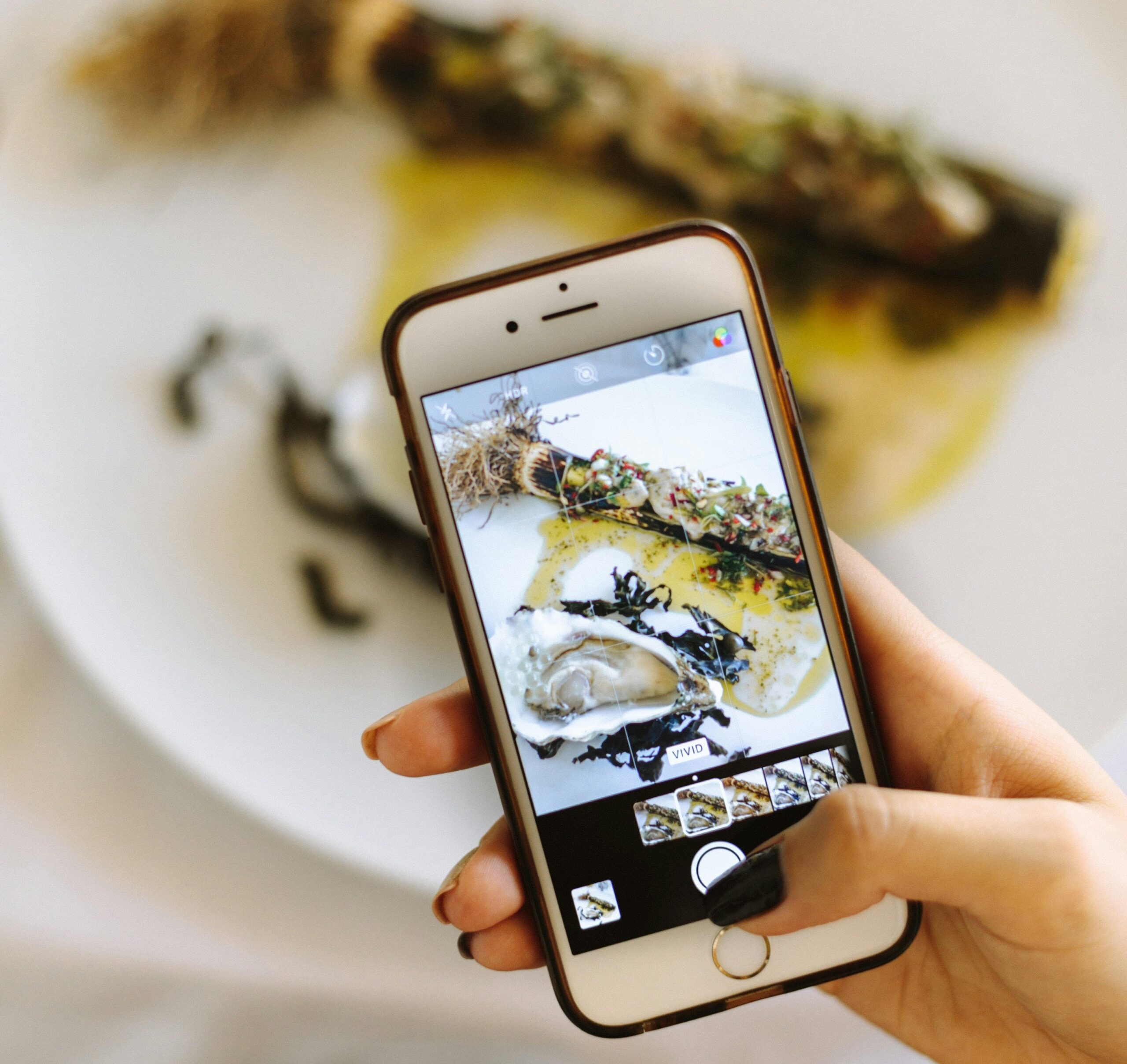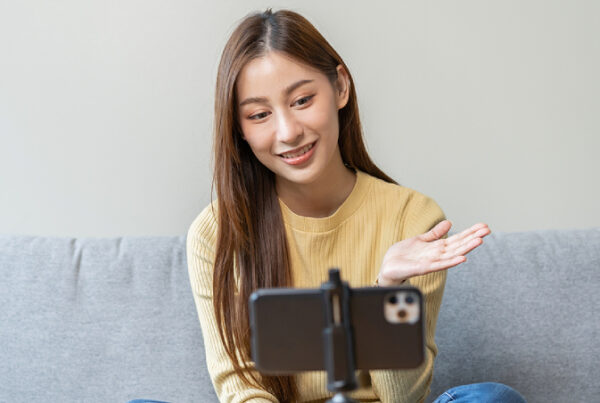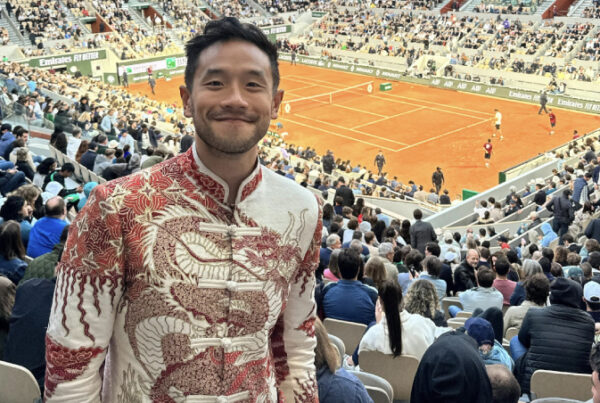In recent times, influencer marketing for F&B and influencer marketing for restaurants has made a significant impact across various industries, but none more so than the food sector. Celebrities, bloggers, and everyday individuals have reshaped the food landscape. As more brands compete, food companies are using influencers to stand out. A recent study shows a big 16% increase in people wanting to buy after seeing these influencers.
Before influencer marketing for F&B became popular, the food industry had a hard time because there were so many similar options. They mostly relied on people talking about their food to get more customers. But now, with the internet and social media, companies have more ways to talk to the people they want to sell to. This is better than the old ways of marketing.
Back in the day, managing how a brand looked online was challenging. Now, with influencer marketing, companies can swiftly improve their brand image, avoiding the slow pace of traditional advertising methods.
The Global Impact of Influencer Marketing for F&B
The food industry used to only primarily target local audiences. It’s because there were limitations of traditional marketing in reaching a global scale. Smaller brands found it financially challenging to access a broader market. Influencer marketing for F&B changed this situation by providing an affordable way for smaller brands to reach people worldwide. They don’t need big advertising budgets anymore.
Now, as we explore the impact of this shift, we delve into the realm of foodie influencers.
Foodie influencers are people who have become well-known on social media because they love and know a lot about food. Notably, these influencers often talk about their experiences with food. They also share their thoughts on restaurants and give tips about cooking to their dedicated followers. Foodie influencers like trying different types of food, making their food look great in pictures and having a real bond with the people who follow them.
Foodie influencers like Mark Wiens, Karissa Eats, Will Sonbuchner (Sonny Side), Tina Choi (doobydobap), Tiffy Cooks, and Michael Finch encompass a diverse range of content creators who have made a significant impact on the culinary scene. As a result of their diverse work, they contribute to the vibrant landscape of marketing for F&B, bringing their unique perspectives and flavours to audiences globally.
Influencer Marketing for Restaurants
While influencer marketing for restaurants may seem like a digital-age phenomenon, the concept isn’t entirely new. Previously, influencers came from aristocrats, politicians, and celebrities. Now, individuals with a social media presence and followers can impact behaviour. Established food bloggers and influencers often partner strategically with restaurants. For effective marketing, particularly for restaurants, embracing influencer marketing is crucial.
To make a campaign for influencer marketing for restaurants work, first, find the right people to create content. Check your current followers, especially those who know your restaurant well, and look for verified influencers. Don’t forget about smaller influencers—they can be helpful too. If you want to reach people nearby, search for influencers close to your restaurant using Google or local food hashtags. Also, use Instagram and TikTok suggestions to find influencers like the ones you’re looking for.
Marketing Agencies with huge influencer databases simplify the process of finding collaborators actively seeking partnerships. If influencer marketing for restaurants isn’t part of your restaurant’s strategy, consider a strategic reevaluation.
Food Influencer Marketing Campaigns
Numerous collaborations have emerged between foodie influencers and F&B brands. For instance, PepsiCo’s campaign with TikTok food reviewer Keith Lee. PepsiCo’s Pepsi Dig In program is teaming up with Keith Lee to showcase the best Black-owned restaurants. Through the Restaurant Royalty program, Keith will use his TikTok platform to encourage his followers to nominate their favourite local Black-owned restaurants.
Pepsi Dig In’s campaign includes QR codes in the restaurants for nominations and a chance to win prizes, aiming to boost awareness and business for these restaurants. The top choices will get funding and growth opportunities, with PepsiCo allocating part of its budget for this F&B influencer marketing campaign on TikTok. The Pepsi Dig In program is a $50 million commitment over five years to support local restaurants.

Pepsi Dig In is partnering with TikTok-famous food reviewer Keith Lee.
Another instance is from Oreo. Earlier this year, Oreo launched its campaign, “The Oreoverse,” diving into the metaverse with interactive gaming experiences based on its famous cookie. They partnered with Martha Stewart for a live stream on OREO’s IG and FB, bringing a household name into the new age of technology. Oreo’s approach involved collaborating with micro and mid-tier influencers across various channels to maximize awareness and engagement, leveraging the high engagement rates of micro-influencers. This multi-channel, influencer-led strategy aims to get people talking about the Oreoverse campaign.
Foodie influencers wield significant influence in shaping audience engagement and brand perception within the F&B industry. Their authentic and relatable content resonates with followers who trust their recommendations. When brands team up with these influencers, they can use the trust these influencers have to make their own brand look better and reach more people. It’s like a win-win for both the influencers and the brands.
2024 F&B Industry Trends
In 2024, big changes are happening in influencer marketing for the F&B industry. This is because foodie influencers are now working closely with brands for a longer time. They focus on being real and true in their partnerships to connect better with people. This change is all about building trust and keeping customers loyal, moving away from just doing one-time promotions.
The impact of emerging platforms and technologies is reshaping F&B influencer marketing campaign. Therefore, short videos, augmented reality (AR), and fun content are becoming more popular, giving brands new and interesting ways to connect with their audience. This change shows that brands are using cool technologies to make engaging experiences for people who like tech. It’s like they’re finding creative ways to connect with the audience who loves technology.
Videos are also becoming super important in food and beverage influencer marketing. Foodie influencers are using cool and interesting videos to show off food and drinks in exciting ways. From fun recipe lessons to making you feel like you’re right there dining with them, they do it all. Moreover, they’re also adding special experiences like virtual tastings and behind-the-scenes looks to make their audience feel more connected to them.
These trends show how influencer marketing for F&B is changing. They are focusing on being real, using new tech, and telling engaging stories. Brands that keep up with these changes are set to do well, connecting with their target audience in 2024.






